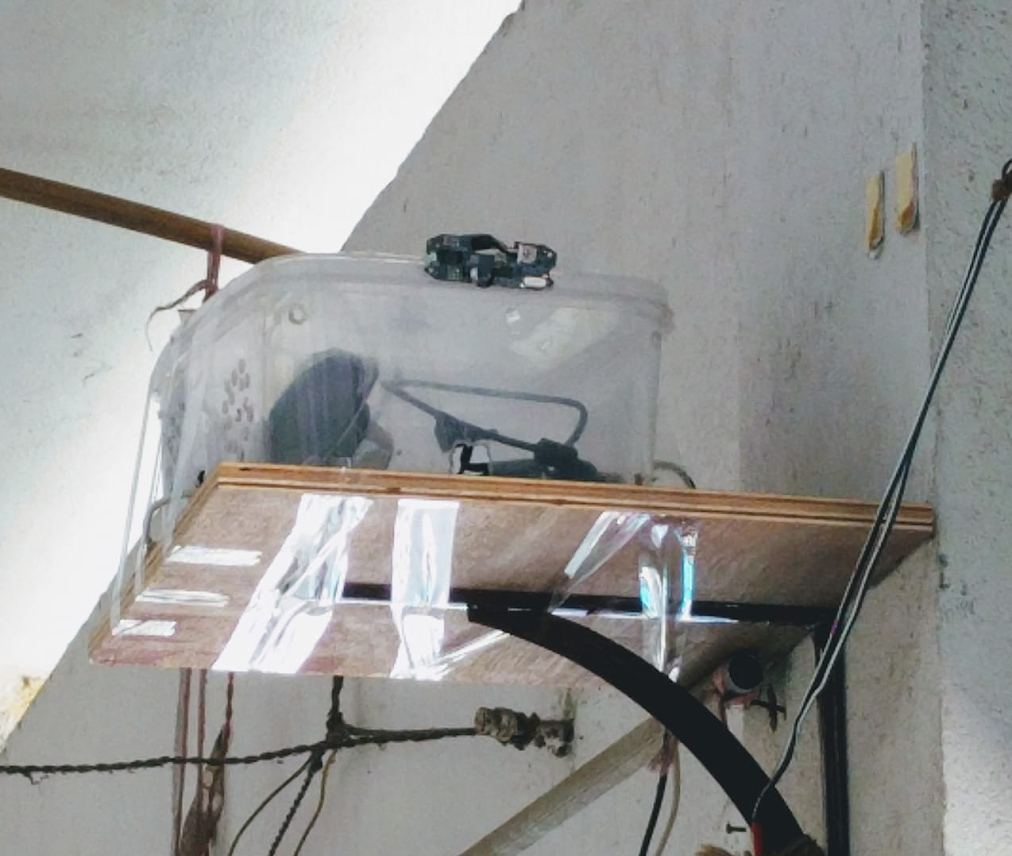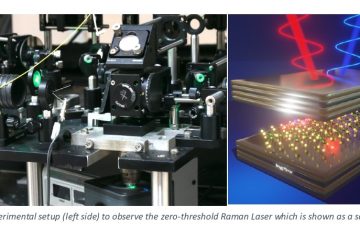India Today Financial Express Edex Live Hindustan Times Outlook NDTV The New Indian Express Business Standard Times of India Economic Times Business Insider The Week Yahoo News Republic World Moneycontrol Millennium Post Tribune Mathrubhumi Sangbad Pratidin
IIT Kharagpur’s Autonomous Ground Vehicle (AGV) research group under the Centre of Excellence for Robotics Research has developed a low-cost AI-based cyber-physical system for monitoring social distance in public places.
COVID-19 has set the technological researchers on high alert with many of them spending days and hours in their laboratories to develop solutions for combating the pandemic situation. While a large section of these solutions are targeted towards the healthcare system, key among them are frugal innovations for disease preventive and hygiene systems. In one such initiative, a students research group at IIT Kharagpur, Autonomous Ground Vehicle (AGV) has developed a low-cost AI-based cyber-physical system for monitoring social distance in public places.
Implementing social distancing in a country as densely populated as India is a vital yet behemoth task for the administration. As the nation unlocks after more than 75 days, the new normal is going to be very different. Hon’ble Prime Minister of India, Shri Narendra Modi, has requested the citizens to maintain proper social distance as it is the best offence against COVID-19 at this stage.
 To aid them, the students have developed a device which can visually detect the gap between individuals and play a proximity alert sound through audio output, for any violation of the social distancing norms. The device uses images in the field view of a camera and computes the distance as per criterion set by the Ministry of Health and Family Welfare, Government of India.
To aid them, the students have developed a device which can visually detect the gap between individuals and play a proximity alert sound through audio output, for any violation of the social distancing norms. The device uses images in the field view of a camera and computes the distance as per criterion set by the Ministry of Health and Family Welfare, Government of India.
Team AGV, working under the Centre of Excellence for Robotics Research and led by Prof. Debashish Chakravarty and Prof. Aditya Bandopadhyay, has engineered this device leveraging readily-available hardware while the lockdown was in place. The group comprising Indu Kant Deo, Yash Khandelwal, Apoorve Singhal, Harimohan Jha, Abhra Majumder, Rishabh Singh, Pravanjan Nayak, Debasish Mishra along with online support from other members of the Autonomous Ground Vehicle Research Group, also worked with experts from other areas including Prof Siddhartha Mukhopadhyay, Prof Surjya K Pal and Prof Samir K Pal.
“Our objective was to ensure that we are able to manufacture the device and not merely put forward a design due to the lockdown situation. We further focused on the ease of deployment even in remote locales and curtailing the cost by using inexpensive and easily accessible hardware stack,” said the AGV innovators.
 The researchers are confident that the device would find its utility in maintaining the social distancing norms in locations attracting crowds and queues such as markets, malls etc. It has already been successfully tested with installations of three prototypes at the marketplace of the IIT Kharagpur campus.
The researchers are confident that the device would find its utility in maintaining the social distancing norms in locations attracting crowds and queues such as markets, malls etc. It has already been successfully tested with installations of three prototypes at the marketplace of the IIT Kharagpur campus.
Recently a demonstration was also given in the presence of Prof. V K Tewari, Director, IIT Kharagpur. Appreciating the researchers he said,
“It is our responsibility to improve the quality of life of the last person in the society. While we are working on national mission projects related to COVID-19 healthcare, we are simultaneously working on frugal innovations to cater to the immediate needs at our campus in particular and the country in general, keeping in mind cost and product delivery period. Our researchers including the students are committed to deliver such technologies within a constrained timeline considering the healthcare and community needs in the current situation.”

Frame 1 (left) depicts the social distancing being obeyed as the distance between the individuals is above the safe criterion, while negative is the case in Frame 2 (right) where the individuals stand at a distance less than the safe criterion (set in the algorithm), hence generating an alert signal.



